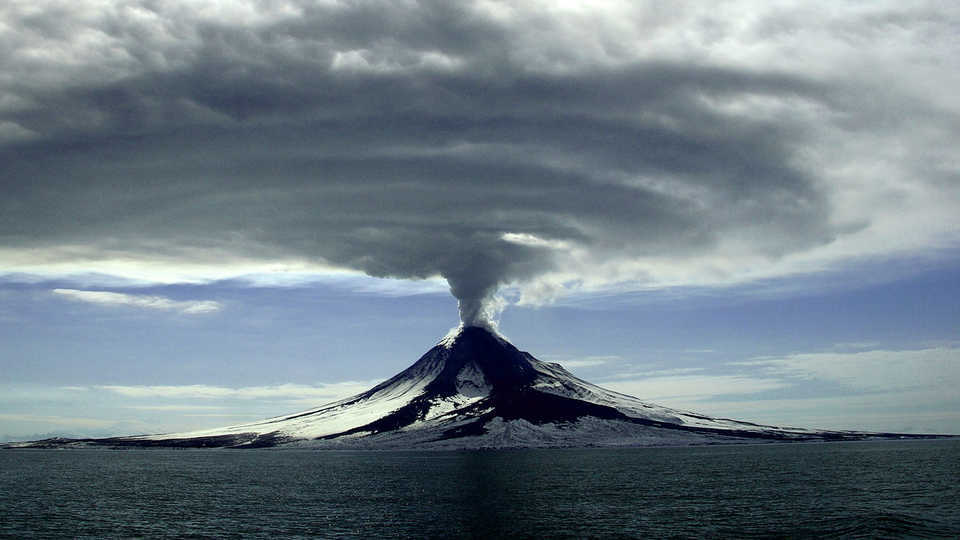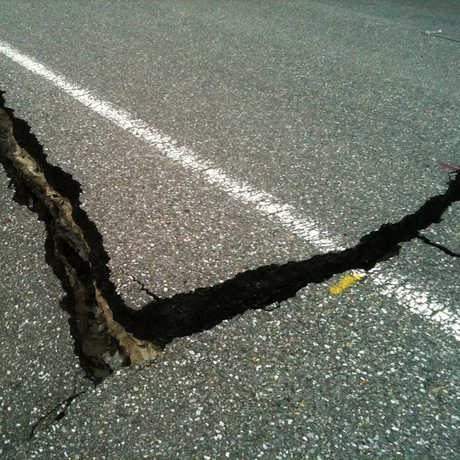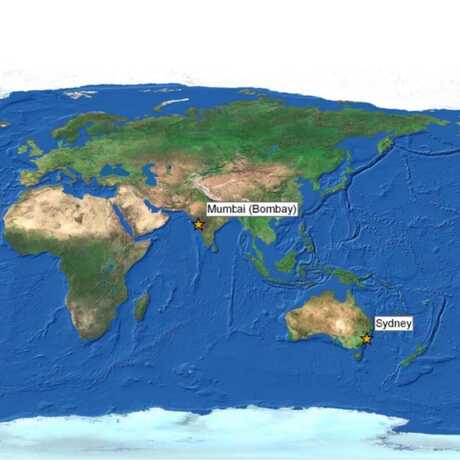The Earth, our rocky planet, is very active. As you are reading this, volcanoes are erupting and earthquakes are shaking. Mountains are being pushed up and are being worn down. Rivers are carrying sand and mud to the sea. And huge sections of the Earth’s crust called tectonic plates are slowly moving —about as fast as your fingernails grow.
The rock cycle, the process by which rocks form, is ultimately driven by plate tectonics. Due to the driving forces of plate tectonics, rocks do not remain in equilibrium and are instead forced to change as they encounter new environments.
Because different rocks can be made by the same mineral components, geologists classify rocks based on how they form. As with the water cycle and other natural cycles, the rock cycle does not occur only in one direction. Instead, depending on what conditions a rock is subjected to, it can transform into any of the other rock types. A rock can even re-form as the same type of rock. Below is an explanation of the different alterations that each rock type can undergo.
Igneous rocks form from hot molten rock produced by volcanic activity on Earth. Geologists classify igneous rocks according to the types of minerals that they contain, and according to the size, shape, arrangement, and distribution of the minerals. Within the igneous rock formation category, two important subtypes exist. Extrusive igneous rocks are formed through cooling and hardening on the Earth’s surface. Some examples of extrusive igneous rocks are obsidian and basalt. Intrusive igneous rocks then are formed through a slower cooling that takes place underneath the surface of the Earth’s crust. An example of intrusive igneous rocks is granite.
Igneous rocks can either be weathered and compacted into sedimentary rocks, or they can be subjected to heat and pressure causing them to become metamorphic rocks. They can also melt again and reform as igneous rocks.
Sedimentary rocks are formed by mineral and rock fragments that settle out of water, glaciers, or that collects through the action of wind. The weight of the collected fragments along with the mineral-laden water creates a way for these fragments to cement together to create one solid rock body. There are three important types of sedimentary rock formations. Clastic rocks are those like conglomerates, breccia, shale, and sandstone that are made up of pre-existing rock fragments smashed together, creating new rock types. Organic rocks were once living organisms that decomposed after their death and created rocks through their remains. Some organic rocks are limestones and coal. Chemical rocks are created from the minerals in water that are left behind after water evaporates. Chemical rocks include halite (salt) and gypsum.
Sedimentary rocks can be subjected to heat and/or pressure causing them to change form and become metamorphic rocks, or causing them to melt and eventually erupt as igneous rocks. They can also be broken down, and reformed into new sedimentary rocks.
Metamorphic rocks are any type of rock that has been transformed by heat and pressure. Therefore, a metamorphic rock could have once been either an igneous or sedimentary rock, but through heat and pressure has been changed into a completely different type of rock. For example, shale, a sedimentary rock, becomes shale as a metamorphic rock. Granite becomes gneiss, and chalk becomes marble.
Metamorphic rocks can be weathered and compacted into sedimentary rocks, or they can be subjected to heat and/or pressure causing them to melt and eventually erupt as igneous rocks. Alternatively, metamorphic rocks may be transformed again into different metamorphic rocks.
The simplest way to understand the rock cycle is to follow one rock through various transformations. First, imagine lava from a volcano cooling into an igneous rock. Over time this igneous rock can be weathered from wind and rain, which transforms the rock into small bits. These weathered pieces (sediments) are carried away by wind and water via erosion, and are then deposited. After deposition, they can be compacted and consolidated into sedimentary rock. Over time, tectonic activity can cause the sedimentary rock to be buried deep in the Earth. The pressure and heat from within the Earth can change the composition of the rock, turning it into a metamorphic rock. This metamorphic rock can continue to be buried even deeper, eventually becoming so hot that it melts into magma. The magma can then erupt as lava from a volcano and cool as an igneous rock. The cycle begins again.
Geologic time is primarily considered at scales that dwarf the human experience. Some rock cycle processes, like volcanic eruptions, earthquakes, or landslides, can influence the formation of new rocks on a rapid scale. However, the majority of geologic processes occur very slowly, like the uplift of mountain ranges, or the cementation of sediments deposited at a river’s delta over hundreds of years. Typically the transformation of one type of rock to another takes on the order of millions of years, if not hundreds of millions of years.


